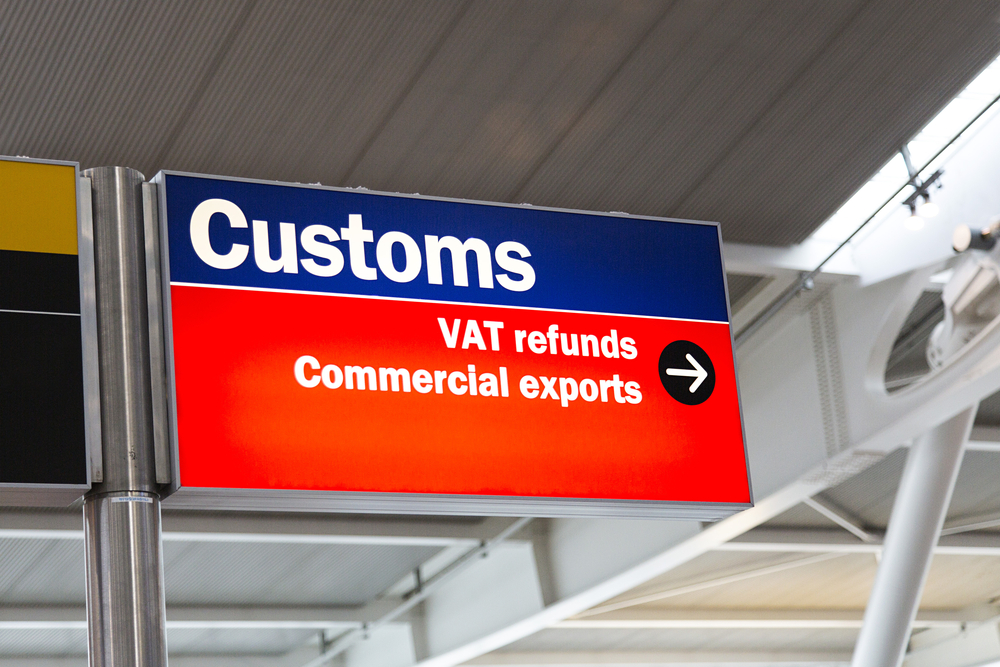You can’t avoid customs charges from the UK to the USA. Yes, you read that right! Every package you ship to the US has to pass through customs before it gets delivered.
Officials have to inspect your packages, check if they require any tax, and hold them back until you pay any tax fully.
It’s beneficial to familiarize yourself with these taxes unless you’re willing to pay expensive customs charges or lose your products.
With that said, let’s learn more about customs charges from the UK and the US, how you can lower the charges, and more.
Table of Contents
What does the UK-US customs office charge you for?
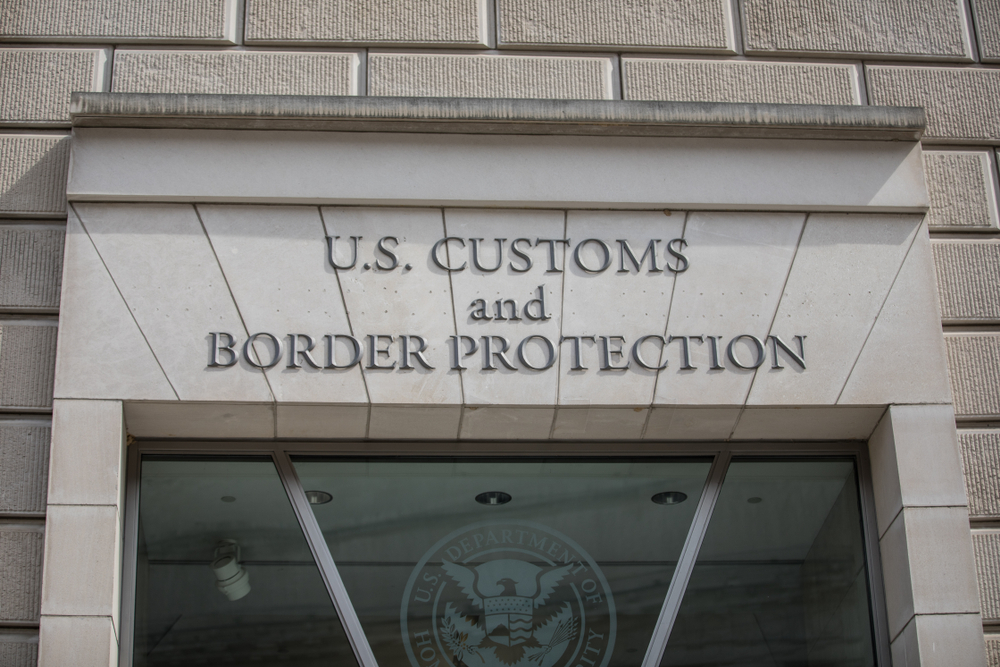
The US government is very clear on the whole system of import duty and taxes from the UK and how they inspect your parcel.
Once the customs office receives the products, the first duty is to check if they are banned or restricted by the authorities.
Once the customs office approves the parcel as legal, it is left with finding out what kind of tax the parcel is subjected to.
Some customs duties are based partly on quantity and partly on value. In addition to duty, your parcel might be subjected to a Harbor Maintenance Fee and Merchandise Processing Fee, and, in some cases, Federal Excise Tax and Sales Tax.
You might not be familiar with these terms, so let’s look at them in more detail:
a) Duty Rates
Duty rates in the US are ad valorem (as a percentage of value) or specific (dollars/cent per unit). The rates might vary from 0 to 37.5%.
Some goods aren’t subjected to a duty rate (e.g. original paintings, some electronics, and antiques over 100 years old).
b) Sales Tax
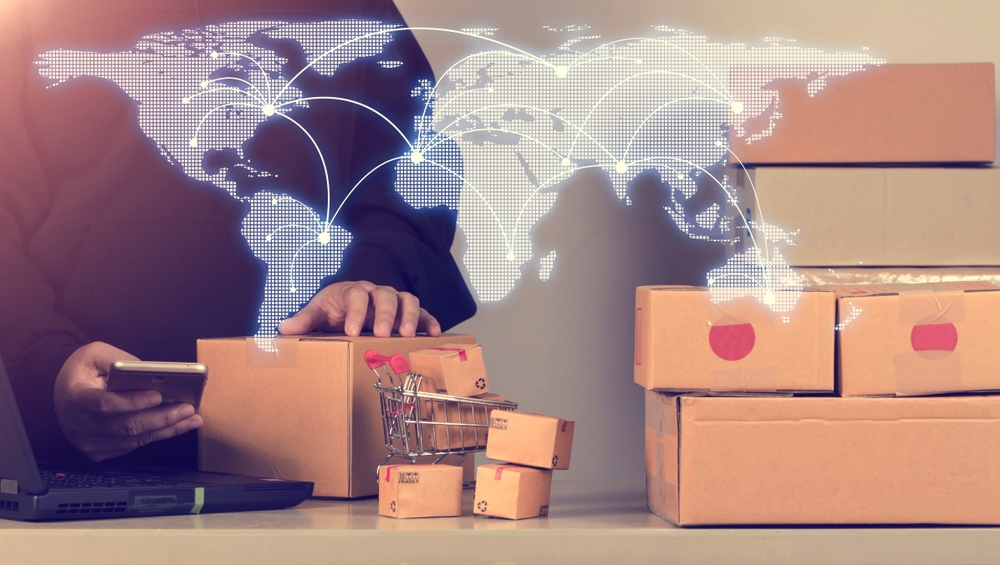
Sales tax isn’t automatically charged on imported products. But Customs and Border Protection declarations are made available to state tax agencies that might occasionally claim state tax from you.
Factors that affect the amount of customs duty owed to your parcel include:
- Value of shipment
- Manufacturing country
- Product of material origin
- Product classification
- Country of import
- Country of export
- Reason for export
c) Preferential Duty Tax
To be entitled to this tax, your parcel must meet the “originating” criteria as stipulated in the preferential tariff treatment.
Also, a Certificate of Origin (COO) is required upon importation for a preferential duty tax rate to apply.
d) Minimum Thresholds
If your product’s value is under $1600, you won’t have to pay anything. Also, if the parcel value is under $800, it will be duty-free – especially if it’s from an Andean country.
Any extra value of up to approximately $1,000 is dutiable at a 3% rate. You can study more on these charges on the USA customs website.
e) Federal Excise Duty
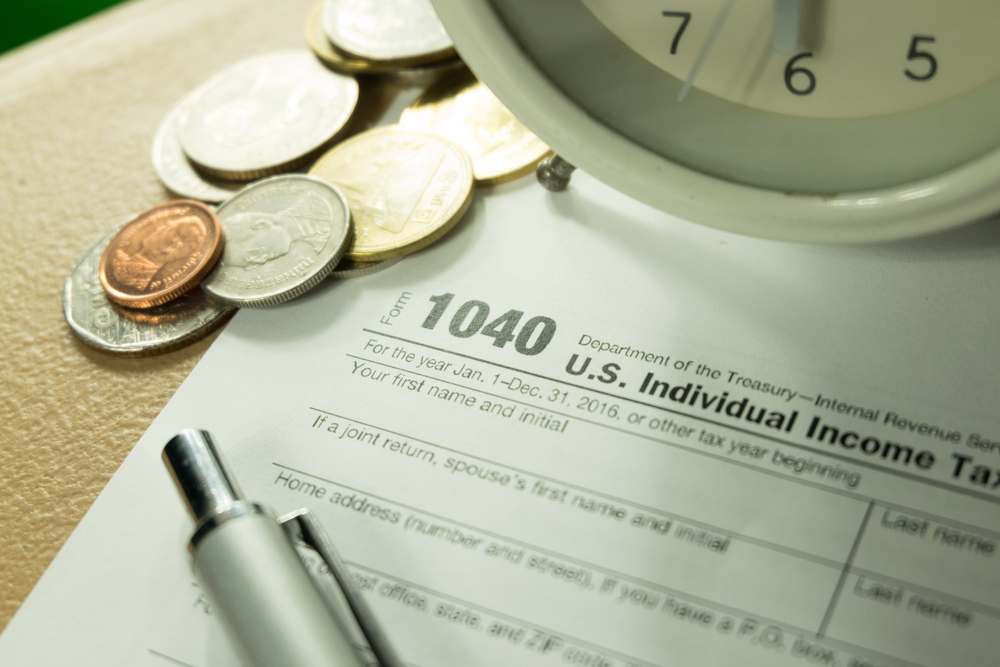
The USA Federal excise duty is 0.7% on imported goods like tobacco and alcoholic beverages.
How to lower customs charges
A few ways you can take advantage of the rules and navigate them to lower customs charges include:
Review the import duty and tax rate list
Simply import a product that isn’t subjected to import duty and tax. In most cases, the duty-free exemption is $800, but there are some exemptions to this law.
Based on the designated state, your duty-free exemption rate ranges from $200 to $800. There are limits on the number of cigarettes, beverages, cigars, and other tobacco products you might include in your duty-free exemption list.
The duty-free exemptions are applicable if:
- The products are gifts for your personal or household use.
- They’re in your possession and they accompany you when you return to the US. Parcels sent later might not be listed under your $800 duty-free exemption.
- They’re declared to CBP. If you don’t declare your parcel, you risk forfeiting it. Please declare it to avoid losing your product.
- You haven’t used all your exemption allowance in the next 30 days. For example, if you go to the UK and bring back $150 worth of parcel, you must wait another 30 days before you’re allowed another $800 exemption.
- You’re returning from an overseas stay of at least 2 days. For example, if you left the US at 1:30 p.m. on August 1, you would complete the 2-day period at 1:30 p.m. on August 3. This law doesn’t apply if you’re returning from the US Virgin Islands or Mexico.
- Awards and trophies you’ve won.
- A collection of personal items you’ve inherited.
Let the online store send the gift directly

Lower your customs charges by first understanding how the US government defines imports.
For example, an imported gift is something sent between two people. These rules don’t apply to a parcel that comes from the company.
So, if you purchase a product from a store and allow them to ship to you in the US, it will not enter the tax books of import charges.
Which is better, sea or air, from the UK to the US?
Sea and air freight are good options, but both depend on what you’re importing. Generally, sea freight is a cheaper alternative for bulk items like consumer goods or clothing.
However, this mode of transportation is time-consuming.
Airfreight is faster but more costly. It’s a better option for lighter items that are less than 100kg, urgently needed products, or high-value products.
For emergencies, you can use air freight to quickly import from the UK to the U.
Seven mistakes to avoid
Even small mistakes can keep your parcel from entering the US. This leads to unnecessary delays and causes products to be rejected.
Here’s a cheat sheet on the top seven mistakes every importer must avoid.
1. Assuming taxation consistency between countries

Every product you import creates new tariffs, duty obligations, and import tax at different rules, forms, and rates.
Customs laws change at each international border, and compliance can look significantly different even between immediate neighbors.
For example, take flip-flop sandals. If a flip-flop sandal is manufactured of rubber, a duty rate of 9% applies in the US but a duty rate of 16% applies in Canada.
2. Failing to list the country of origin
Which country are your items coming from? Indicate the origin country and address. Also, ensure that you include the country and specific address where the item was purchased from in the event it differs from the country of origin.
3. Lack of proper merchandise detail
One of the silly mistakes importers make is omitting accurate merchandise information on their importation documents.
Be sure to precisely fill out the following on your import documentation:
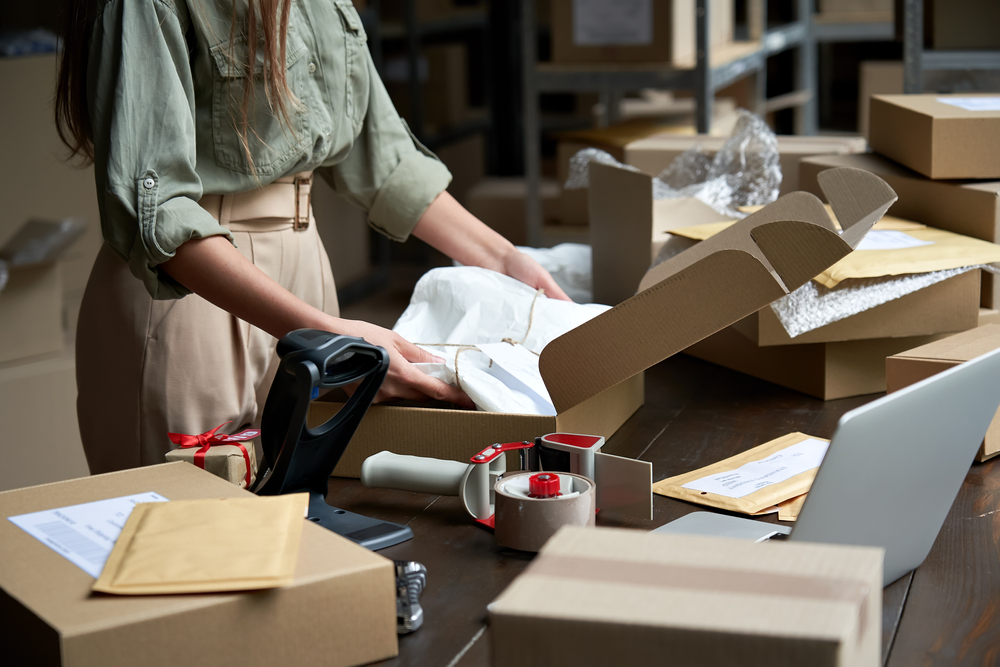
- How many?
- What material is it made of?
- What country was it manufactured in?
- What type is it?
- Where was it manufactured?
4. Using a duty rate that is correct
It’s overwhelming to get accurate customs charges and duty rates for your entire product catalog.
In typical situations, most imports have a section in the Harmonized Tariff Schedule which determines what tariff duty or tax you’re obligated to pay for your imported parcel.
Please ensure that you use the correct rates to help your import process run smoothly and pay the accurate duty rates.
5. Undervaluing goods
Many importers have deliberately undervalued the products they are shipping or declared one type of product as another to avoid paying an expensive duty rate.
For example, some companies fill out a low calculated value regardless of the actual product value in a shipment to sneak it under zero-customs charges.
The US Government is aware of this and is cracking down more than ever. Customs agencies have created profiling tactics that help target shipments for detailed evaluation and examination.
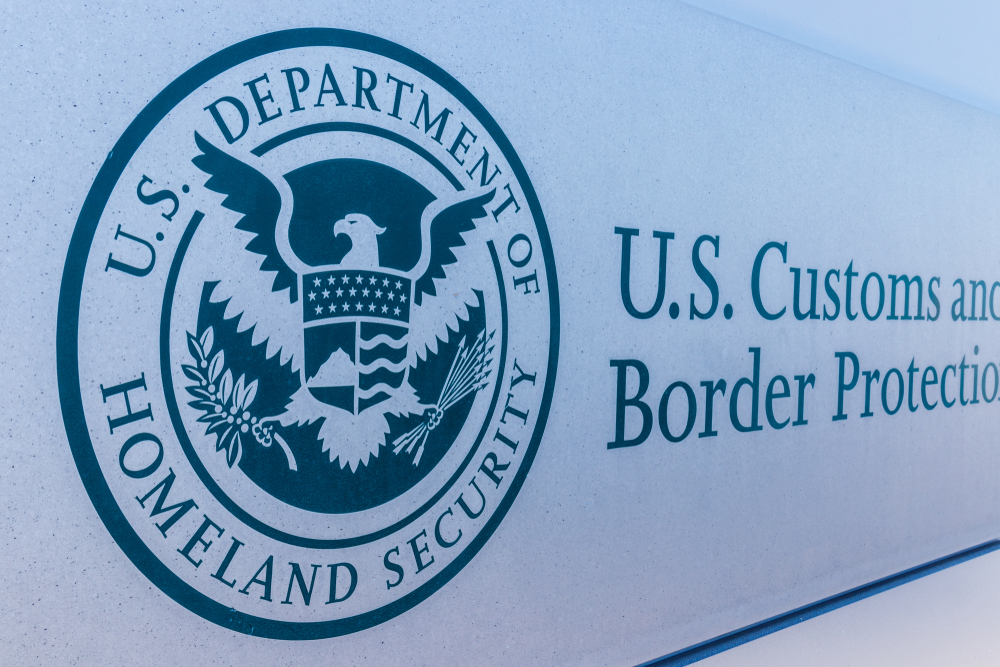
Engaging in this might cause customs process delays and significant penalties and fines. It may be tempting, but don’t do it.
6. Playing fast and loose with documentation
Forms, forms, and more forms. International shipments generate a lot of paperwork. It’s beneficial to keep everything and ensure that each file is appropriately filed and stored.
So, misplacing these documents or being unable to locate them when needed will lead to delays in processing shipments.
Having complete documentation for your global transactions leads to a less costly and easier process during a customs audit.
Remember to store your documentation correctly and in a place that is easy to access at a later date. You can consider digital scanning for easier cross-referencing.
7. Failing to adequately research regulated products
In most countries, specific items are flagged and subjected to extra import charges and duties.
These costs aren’t always trivial: for example, shipping a car to the US involves special fees, duties, and import taxes that might be higher than the cost of the car itself.
Regulated items vary from country to country and aren’t always the same. They’re regulated to safeguard the domestic market.
That’s why wooden bedroom furniture imported from China to the US is subject to an approximately 92% duty rate.
However, similar products from other countries have zero-customs charges.
What happens if I don’t pay import fees?

Simply put, the consequences are severe. We’re aware that it’s tempting to indicate false information on the pro forma invoice.
For example, you might request a seller to label your parcel as a gift, which means you’ll not pay charges if it’s under $800.
But, this might arouse suspicion about the parcel and its value.
Stringent checks and evaluations are conducted at every international border customs facility.
If your details are flagged as inaccurate, your parcel warrants further investigation. This causes delays, fines, or might make your parcel get returned to you.
In more challenging situations, your parcels might be destroyed.
You might also face extra customs charges if the parcel is delivered.
Please be honest when filling in customs documentation by checking customs details for every country as jurisdiction might differ significantly from country to country.
Getting Tariffs Code Wrong
One of the most time-consuming and trickiest aspects of calculating accurate import tax and customs duty is ensuring every product on your list is correctly assigned for each country you ship to.
The first digits are “harmonized” globally, that is, the first digits apply to a parcel regardless of where you’re exporting it.
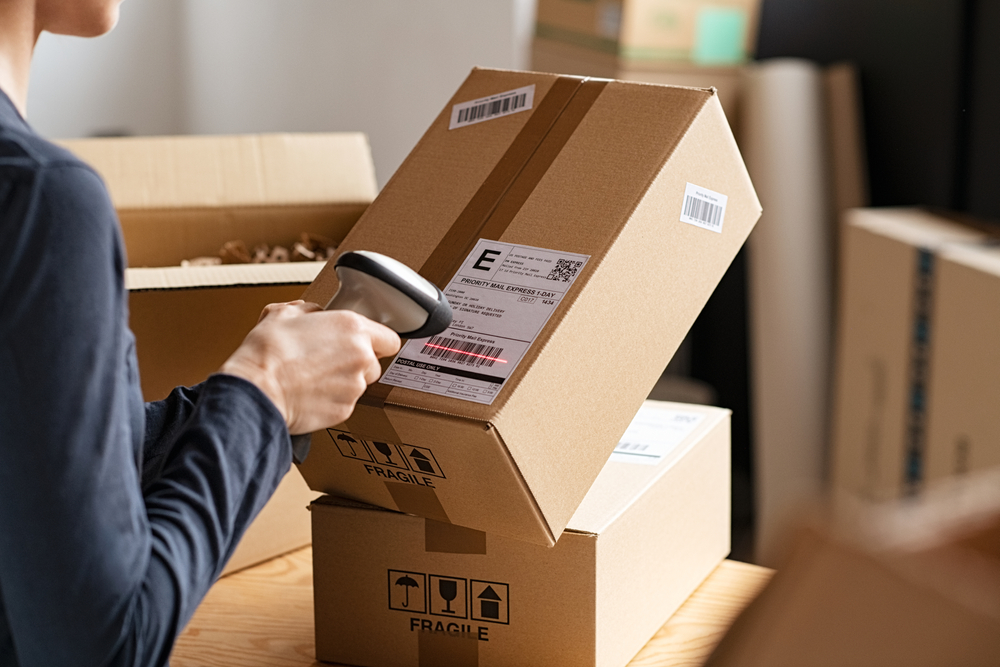
But the last digits depend on the country. Making incorrect determinations about tariffs might lead to customs delays, returned shipments, and unanticipated extra charges.
Each new item should be evaluated individually to ensure an accurate code is made.
Final verdict
You’re now informed that you can’t avoid paying customs charges from the UK to the US. Be sure to avoid the above mistakes.
Use the above guide to lower your import charges and safeguard your parcel. Good luck with your next import!

